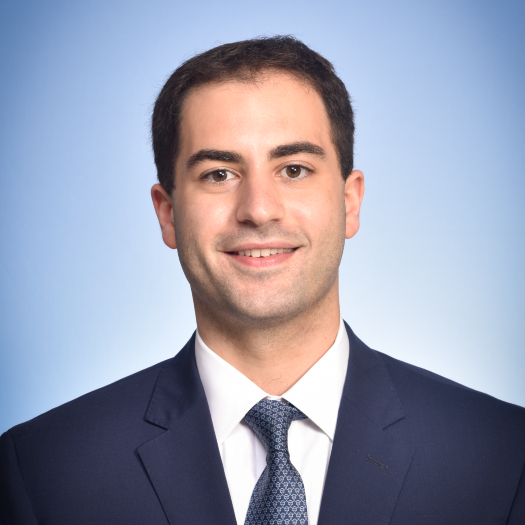Condition
Pediatric Vocal Cord Paralysis
What is vocal cord paralysis?
Vocal cord paralysis (VCP) may affect one vocal cord (unilateral vocal cord paralysis) or both vocal cords (bilateral vocal cord paralysis). Vocal cord paralysis can arise from a variety of conditions and is most commonly due to congenital problems or due to scarring of the larynx following prolonged intubation or due to stretching of the vocal cord nerves during cardiothoracic surgery. In some cases, vocal cord mobility can return sometimes during the first decade of life.
Symptoms of vocal cord paralysis in children vary depending on whether the paralysis is unilateral or bilateral. Patients with unilateral vocal cord paralysis usually have some degree of hoarseness and some may have aspiration where throat contents enter the airway when swallowing. Patients with bilateral vocal cord paralysis usually have a normal or near normal voice and do not usually have aspiration but may have shortness of breath because the vocal cords are positioned more closely to each other and narrow the airway.
How is vocal cord paralysis in children diagnosed?
The diagnosis of vocal cord paralysis is best made by flexible fiberoptic laryngoscopy (see laryngomalacia). A paralyzed vocal cord must be differentiated from scarring of the vocal cord joint that usually arises from prolonged intubation.
What is the treatment for vocal cord paralysis in children?
Depending on the patient’s age and the severity of symptoms, surgery may be indicated. Patients with unilateral vocal cord paralysis usually need augmentation or bulkening of the vocal cord while patients with bilateral vocal cord paralysis usually need expansion of the area between the vocal cords.
Providers Who Treat Vocal Cord Paralysis
 Aasha's Rare Gift Will Help Other Babies Grow up Healthy
Aasha's Rare Gift Will Help Other Babies Grow up HealthyTesting the descrption field
Departments that Treat Vocal Cord Paralysis

Pediatric Aerodigestive Clinic
Our Aerodigestive Clinic provide specialized care for children with airway problems and feeding disorders.




